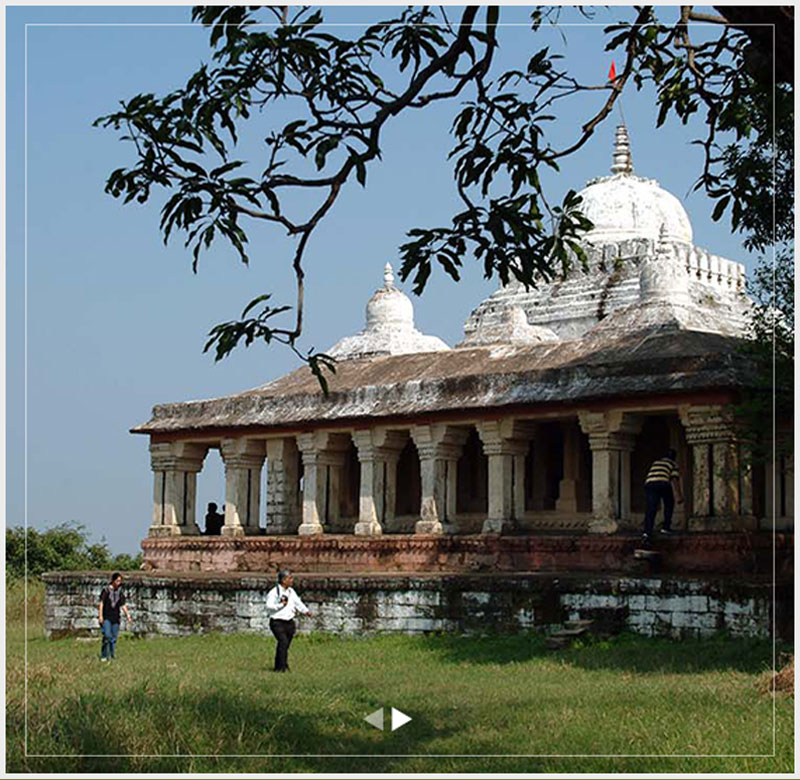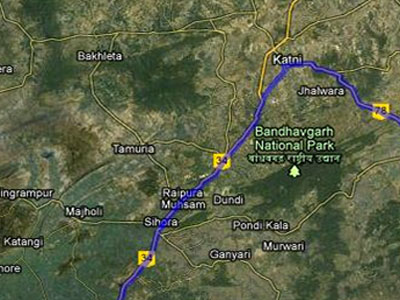The Hoollongapar Gibbon Sanctuary is a thick, canopied forest, which is extremely rich and varied in biodiversity. It’s named for the Holong tree which forms the uppermost canopy and is a natural habitat in India for the subcontinent’s only ape – the Hoolock Gibbon. The area is quite unusual, as there are three distinct micro-ecosystems in the forest – which is otherwise bound in by tea gardens and villages – making it an island of jungle in the midst of Assam.

Hoollongapar Gibbon Sanctuary is near Jorhat, in the north east of Assam, bordering near Nagaland and Arunachal Pradesh.

Topography: This unusual evergreen forest has three distinct canopies that create three incredibly diverse micro-habitats and ecosystems. It is somewhat fragmented, however, by tea estates and village settlements, and as a result it is divided into five distinct segments. The forest is known as an Assam Plains Alluvial Semi Evergreen Forest and it slopes down gently with the Bhogdoi River charting its course through the wilderness.
In Season: 01 November – 30 April
Besides the Hoolock Gibbon, the park is also home to the Bengal Slow Loris, the only nocturnal primate in India.
The park is home to both tigers and leopards among the larger felines. Several smaller cats including the jungle cat, leopard cat, marbled cat, civets, as well as foxes, jackals, and mongooses can be spotted quite easily. The park is also home to several different types of Scops Owls, along with other owls, eagles and kites that make up a fairly large population of raptors.
Besides its rich primate population, the park is also home to several elephants. Other herbivores include plentiful wild boar and smaller mammals including porcupines and giant squirrels such as the Malayan Giant Squirrel and the Irrawady Giant Squirrel. Besides the Hoolock Gibbon and the Bengal Slow Loris, there are several species of macaque and langur that inhabit this tract of wilderness. Sambhar and Hog Deer make a robust prey base for the predators along with the primates.
The Bhogdoi river runs through the park and creates a terrific wetland area that is ideal for birds. Resident and migratory birds are found here in large numbers and there are almost three hundred distinct species that can be seen. Most of these are resident birds and one can see and listen to a symphony of several beautiful varieties of woodpeckers, kingfishers, flamebacks, hornbills, cormorants, barbets, flycatchers, warblers, babblers, and many more.

Trekking – take a trek through the buffer zone and experience the rich biodiversity of Hoollongapar Gibbon Sanctuary on foot.

Bird & Primate watching – Hoollongapar is home to thousands of birds and some of the rarest primates in the world. Your guided safari will focus on the uniqueness of these species.

November, February, March and April are some of the best months to visit the Hoollongapar Gibbon Sanctuary.
Hoollongapar Gibbon Sanctuary has a moderate climate that makes it pleasant to visit throughout the season. The winter months are extremely pleasant and hover at around 11-15 degrees centigrade (in the low 60s in Fahrenheit). The summer months are warm but not unduly hot at around 30-35 degrees centigrade (in the high 80s in Fahrenheit).
Thengal Manor :
What we love…it’s charming colonial ambience with vintage fireplaces and four poster beds
The Manor :
TWhat we love… boutique and contemporary, it’s great value for money.
Gibbon Home Resort :
What we love… small and intimate with just six neat and clean rooms.
The nearest airport is at: